Guide to Metal 3D Printing Cost [+Free Cost Calculator]
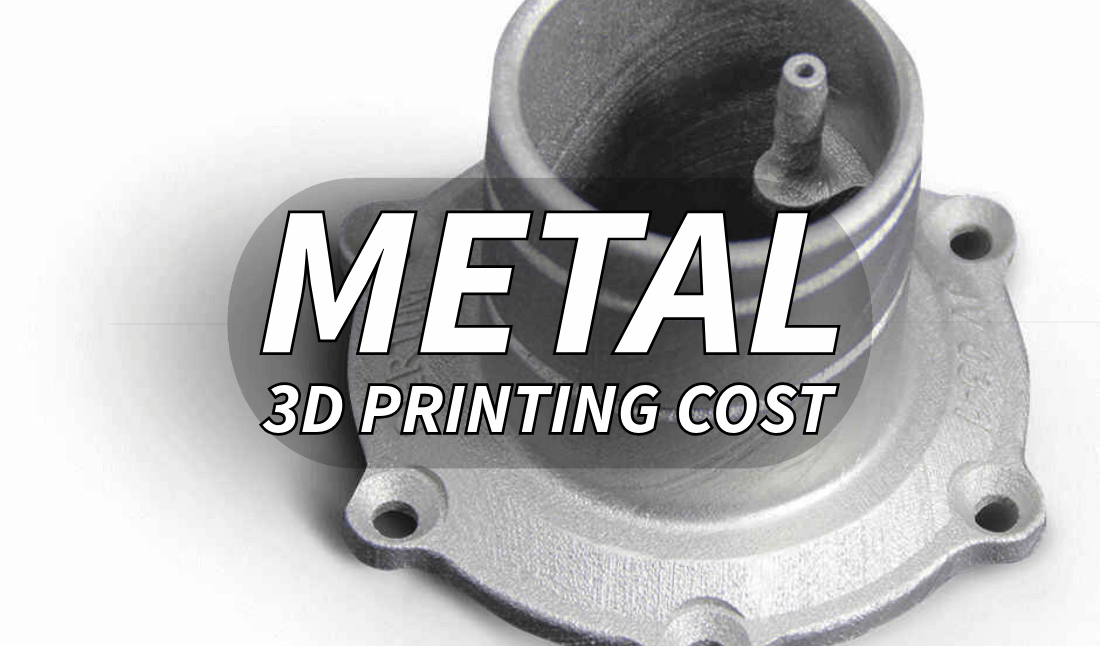
Here are two 3D models of the same part but in different shapes: a solid cube (a), and a lattice structure (b). Which one do you think is easier to print and costs less using metal? It's easy to mistake that the simple solid cube is easier to print and costs less, while the complex lattice is harder to print and costs more.
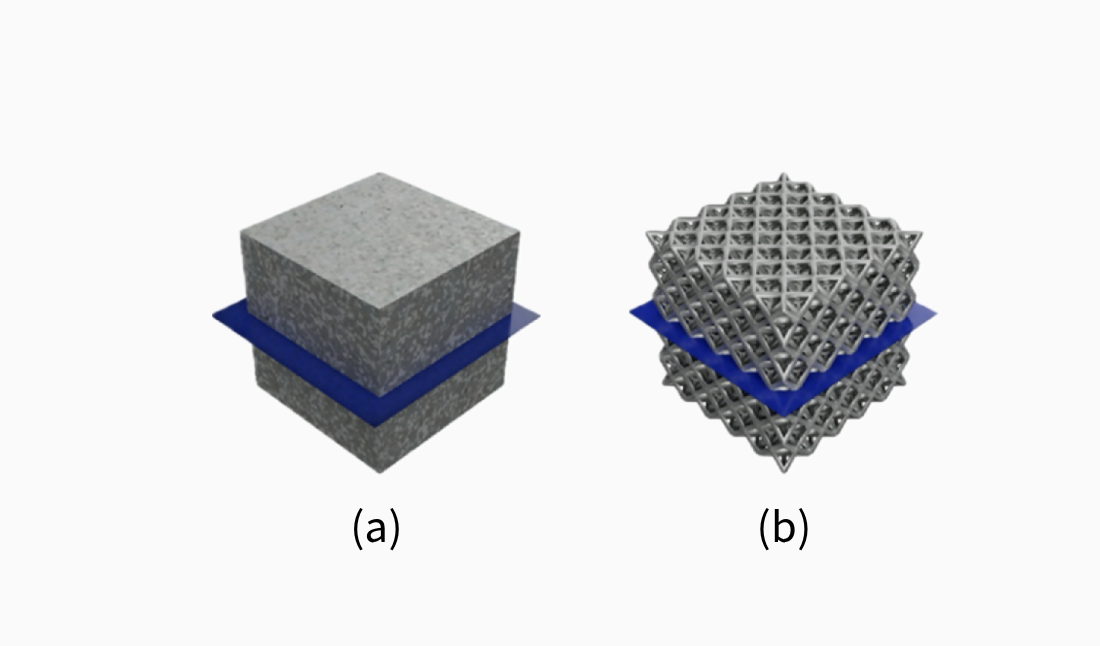
Source: sciencedirect.com
But it is exactly the opposite way: generally speaking, the lattice structure is easier to 3d print and costs less than the cube using the same material. Here’s why:
Less material: the lattice has many gaps, using less material while maintaining strength, whereas the cube requires more material to fill.
Faster printing: the lattice has smaller print areas per layer, reducing print time; the cube needs to fill each layer, taking longer.
Better cooling: the lattice distributes material evenly, reducing overheating or warping and lowering failure rates.
No supports needed: the lattice is cleverly designed with built-in support, while the cube may require extra support, increasing costs and post-processing time.
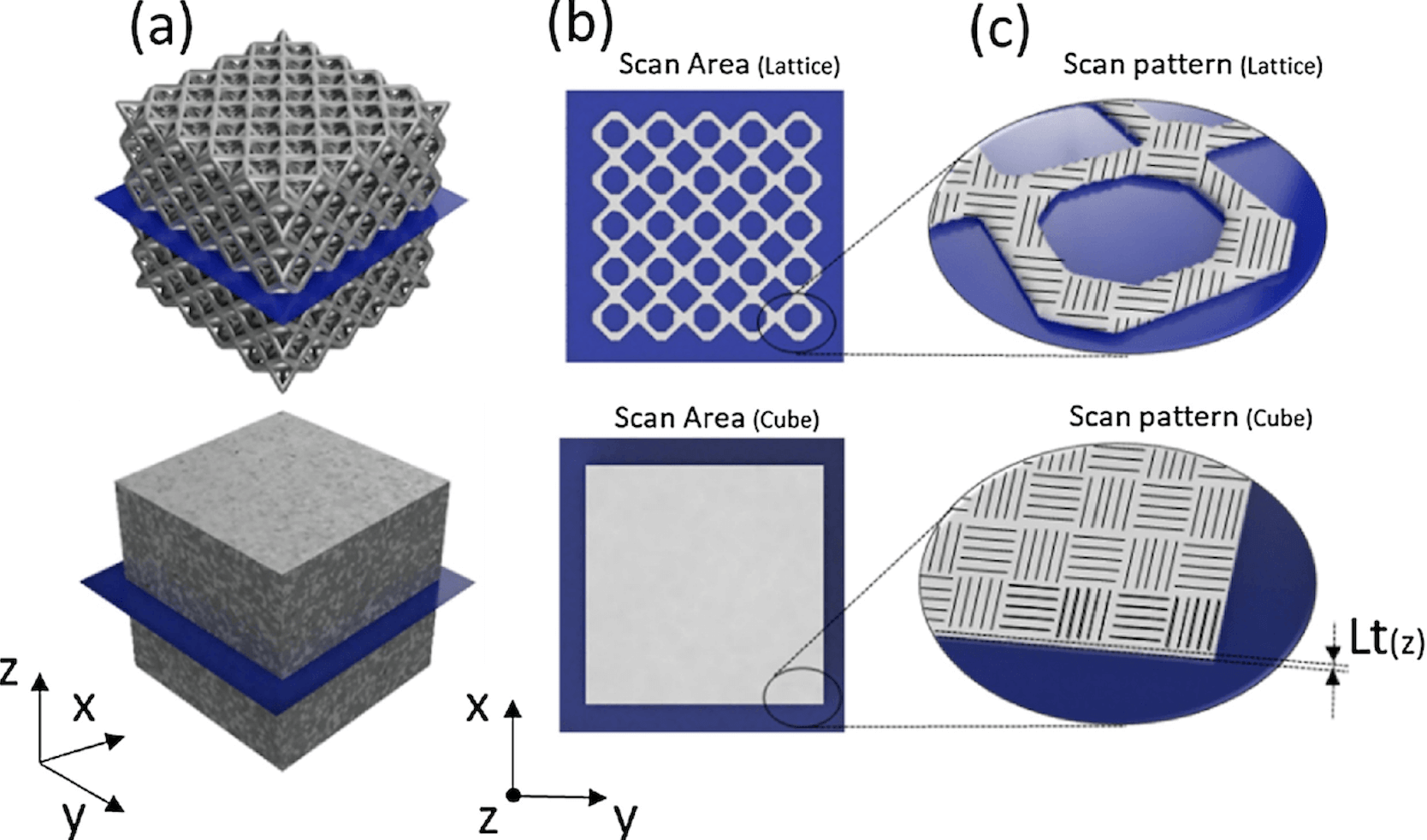
However, lattice is just one of the many factors that affect 3D printing costs. There are many other factors not mentioned. Today, let’s uncover the mysteries of metal 3D printing cost together.
Metal 3D Printing Technologies and Materials
Before we break down the cost of metal 3d printing, it is rather necessary to clarify how metal 3d printing works. That is, clarify the technologies and materials applicable for it.
Technologies
SLM and Binder Jetting are the two commonly-used 3d printing technologies.
Selective Laser Melting (SLM)
SLM is a 3D printing process that uses a powerful laser to melt metal powder and fuse it together to form a solid object. The process begins by spreading a thin layer of metal powder on the build platform. The laser then scans the powder, melting it to create the desired shape. After each layer is melted and solidified, the platform lowers, and a new layer of powder is added. This process repeats until the entire object is built.
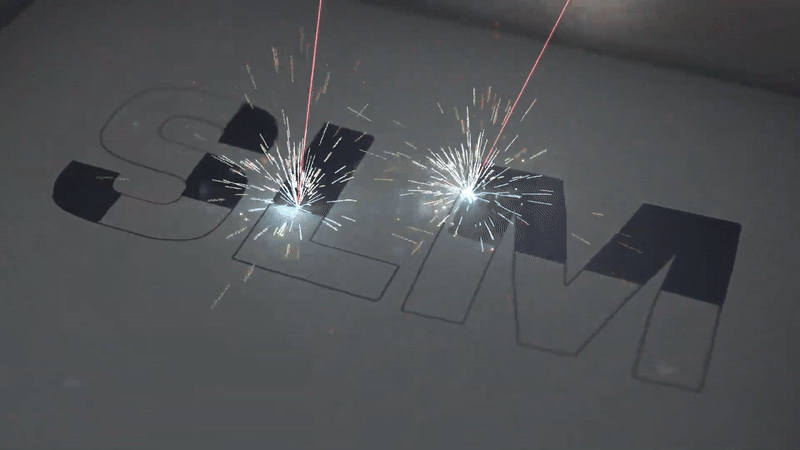
Source: SLM Solutions
Binder Jetting is another 3D printing process that works by depositing a liquid binder (a glue-like material) onto a bed of metal powder to bond the powder particles together. The binder is applied layer by layer, and once the entire object is built, the part is removed from the powder bed. The part then undergoes a sintering process, where heat is applied to further solidify the material.
SLM vs. BJ
Aspect | SLM | Binder Jetting |
|---|---|---|
How it works | Uses a laser to melt and fuse metal powder layer by layer. | Deposits a binder onto metal powder and sinters the part later. |
Material | Fully melted metal powders, primarily titanium, stainless steel, and aluminum. | Un-sintered metal powders, |
Accuracy | Very high and detailed. | Slightly lower than SLM, |
Speed | Slower, as the laser melts each layer individually. | Faster, as it only binds powder without melting it. |
Strength of Parts | Strong parts, | Green parts are weaker initially |
Post-Processing | Heat treatment and | Sintering and possibly infiltration (adding another material to fill pores) required to fully solidify and improve strength |
In Summary
Go for SLM if you need high strength, precision, and durability in parts where post-processing should be minimal.
Choose Binder Jetting if speed and cost-effectiveness are more important than absolute strength, or if you're working with larger volumes and don’t mind the additional sintering process.
Materials
The table below has compared the common metals used in 3d printing in terms of 6 aspects to help you choose the most suitable material for your printing.
Metal | Strength | Temperature Resistance | Weight | Cost | Unique Advantage | Main Uses |
|---|---|---|---|---|---|---|
Titanium | ★★★★★ | ★★★★★★ ~1650°C 🏆 | ★★ | ★★★★ | Exceptional strength-to-weight ratio and high temperature resistance | Aerospace, Medical implants, High-performance parts |
Aluminum | ★★★ | ★ | ★★★★★ | ★ | Extremely lightweight and low-cost | Automotive, Aerospace, Electronics, |
★★★★★ | ★★★★ | ★★★ | ★★★ | Good strength and temperature resistance, relatively low cost | Medical devices, Automotive, | |
Inconel | ★★★★★★ | ★★★★★ ~1100°C | ★★★ | ★★★★★ | Exceptional high-temperature performance | Aerospace, Turbomachinery, High-temperature industrial parts |
Cobalt-Chromium | ★★★★★ | ★★★★ | ★★★ | ★★★★ | Excellent wear and corrosion resistance | Medical implants, Dental applications, Wear-resistant parts |
Bronze | ★★★★ | ★★★ | ★★★ | ★★★ | Great corrosion resistance, especially in marine environments. | Marine parts, Bearings, Decorative items |
How to Calculate Metal 3D Printing Cost?
The cost of metal 3D printing typically includes several components: material cost, post-processing cost, logistics cost, and taxes. Here’s how each of these factors is calculated:
Material Cost
Material cost is usually calculated according to the formula below. Usually, when the material price per gram is determined, the service provider has already factored in both the material cost and the printing cost.
Material Cost = Model Volume × Material Density × Unit Price per Gram of Material
The following is an example to help you better understand the formula.
Model Volume | 10 cm³ |
|---|---|
Material Used | 316L Stainless Steel |
Density of Material | 7.9 g/cm³ |
*Material Price per Gram | 0.4$/g |
Total Printing Cost | 31.6$ |
(*The material price listed here is for illustrative purposes only and should not be taken as a reference. However, in most cases, the more you print, the lower the total cost.)
Post-Processing Cost
Post-processing costs can vary significantly depending on several factors, such as the type of post-processing required, the size and complexity of the part, the material used, and the printing technology applied. There are three common pricing methods for post-processing:
Hourly Rate: Many post-processing service providers charge based on the time required for processing, especially for complex surface treatments or mechanical machining.
Per Part Rate: Some simpler post-processing tasks are charged on a per-part basis.
Weight or Volume Rate: For post-processing steps that require heat treatment or other resource-intensive processes, some providers charge based on the weight or volume of the part.
Logistics and Taxes
In addition to material and post-processing costs, metal 3D printing costs also include logistics and taxes. Weight-based logistics cost varies across different regions and companies. Taxes will depend on the region and applicable laws, and they are often calculated as a percentage of the total cost. For more detailed information about the two, you can refer to the article: https://www.unionfab.com/blog/2024/10/how-much-does-it-cost-to-3d-print-something
How to Reduce 3D Printing Costs?
Reducing 3D printing costs is a strategic process that involves optimizing design, selecting the right materials, and improving production efficiency. Here are some practical tips to help you save money on your 3D printing projects:
Optimize Your Design
Simplify the Geometry: Complex designs take more time and material to print. Simplifying unnecessary details can significantly lower costs.
Use Hollow Structures: Replace solid parts with lattice or hollow structures to save material without compromising strength.
Consolidate Parts: Combine multiple components into a single design to reduce assembly time and production cost.
Reduce Model Volume
Scale Down When Possible: Smaller models require less material and shorter print times. If the part doesn't need to be full-sized, consider scaling it down.
Thin Walls and Reduced Infill: Use thinner walls and low-density infill to save on material usage.
Choose the Right Material
Cost-Effective Materials: Opt for materials that meet your requirements without overspending. For example, use aluminum instead of titanium for lightweight applications with moderate strength requirements.
Minimize Material Waste: Design with material efficiency in mind, especially for expensive metals like Inconel or titanium.
Choose the Right Printing Technology
Different 3D printing methods have varying cost structures. For instance:
Binder Jetting: Better for high-volume production with lower material costs but requires additional sintering.
SLM/DMLS: More expensive but ideal for high-strength, intricate parts.
Optimize Post-Processing
Simplify Post-Processing Requirements: Choose finishes that meet, but don’t exceed, the functional needs of your part.
Batch Processing: Group similar parts together to minimize setup costs for post-processing tasks.
Get Started with Unionfab’s Free Cost Calculator Today
Free Cost Calculator
If you're curious about the cost of 3d printing your model with a specific metal, feel free to try our free online cost calculator!

10% Discount for New Customers
Unionfab is the largest 3D printing manufacturer in China, specializing in rapid prototyping and on-demand production. With 20+ years of expertise, 1,000+ industrial 3D printers, and 6 cutting-edge factories, Unionfab, certified with ISO 9001, ISO 13485, and AS 9001D, is committed to delivering high-quality, cost-effective 3D printing services.
The followings are the details of the metal 3d printing service we provide:
Feature | Description |
|---|---|
Technologies and | SLM/DMLS: 17-4PH Stainless Steel |
Maximum Part Size | 420 x 420 x 450 (mm) |
General Tolerances | L<100mm: ±0.2mm, L>100mm: ±0.2%*L |
General Surface Finish | Ra 3.2 |
Standard Lead Time | 3~7 business days |
If you're new to Unionfab's services, sign up to get a 10% discount on your first order. Our price is up to 50% lower than competitors.
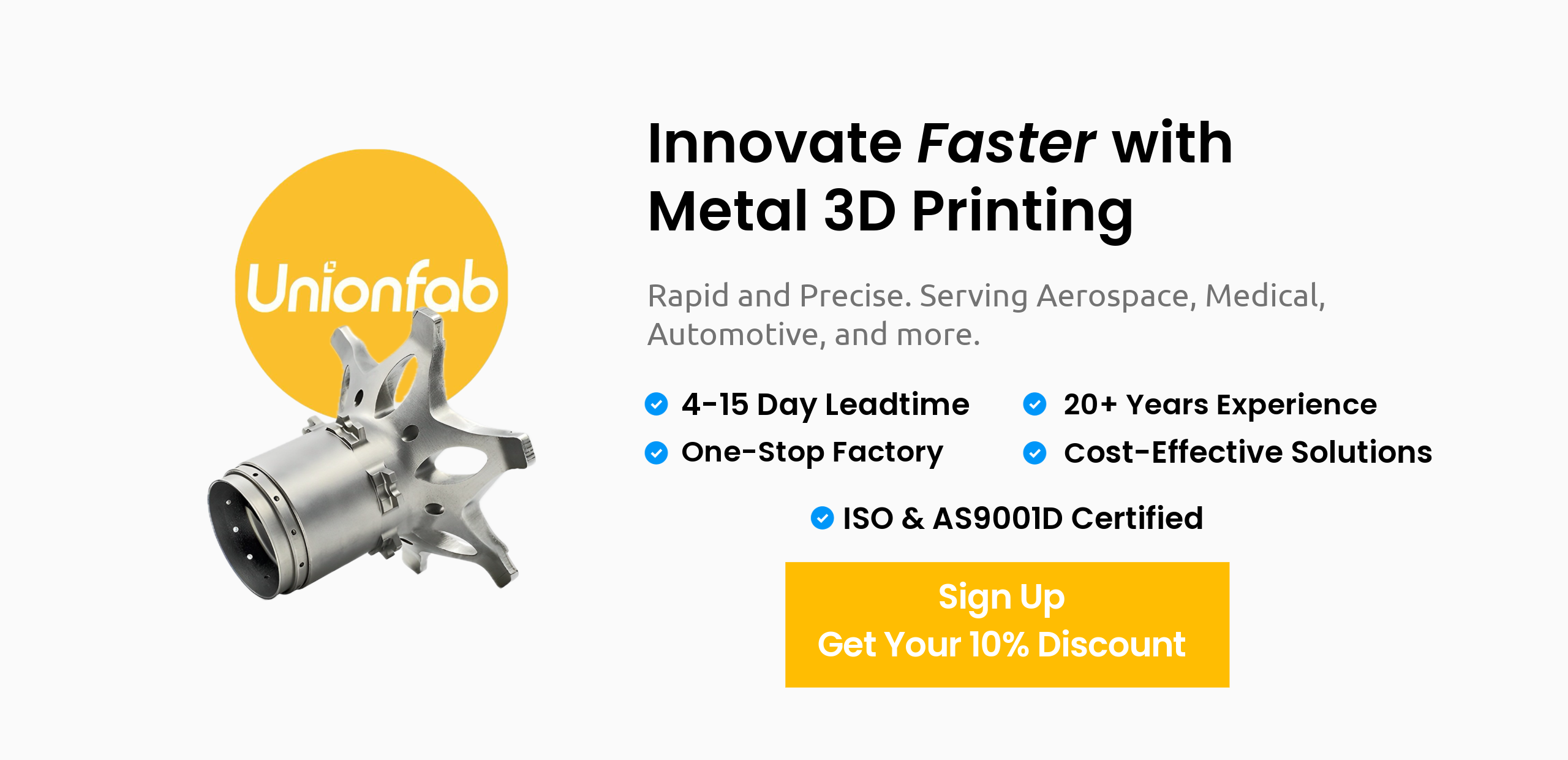
Cases Display
Here we have displayed the metal prints that we have finished across different industries.
Industry | Case |
|---|---|
Automotive | 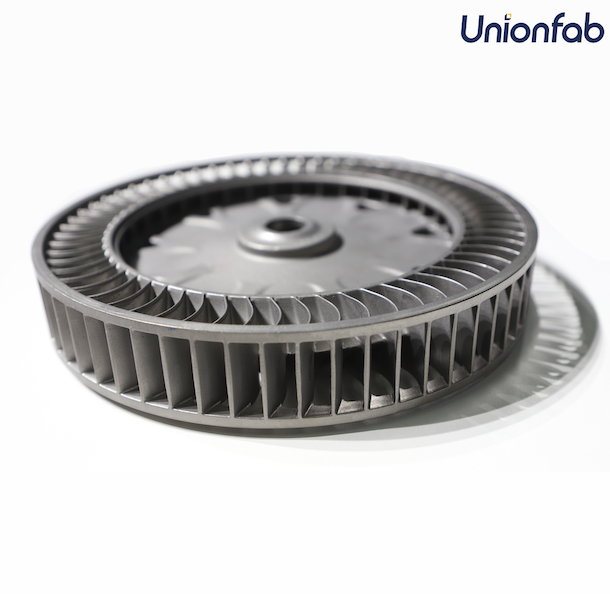
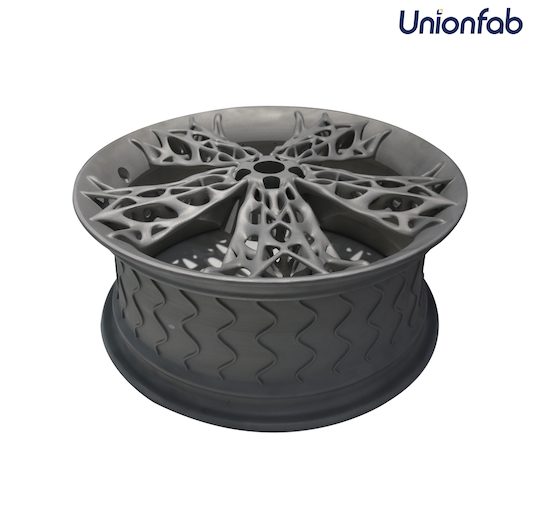
|
Aerospace | 
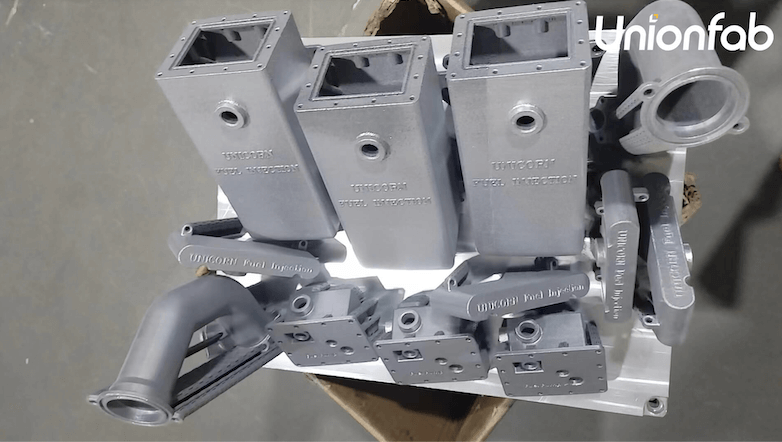
|
Industrial | 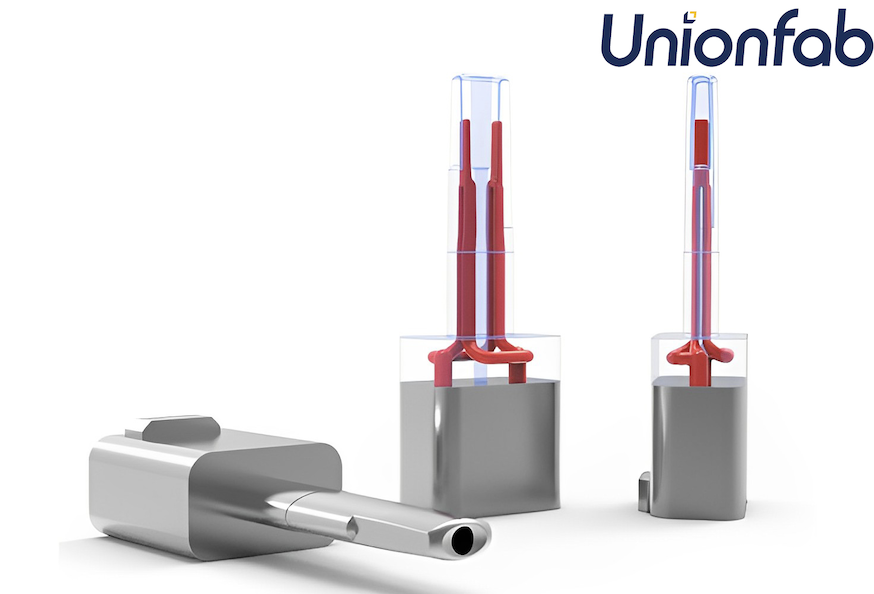
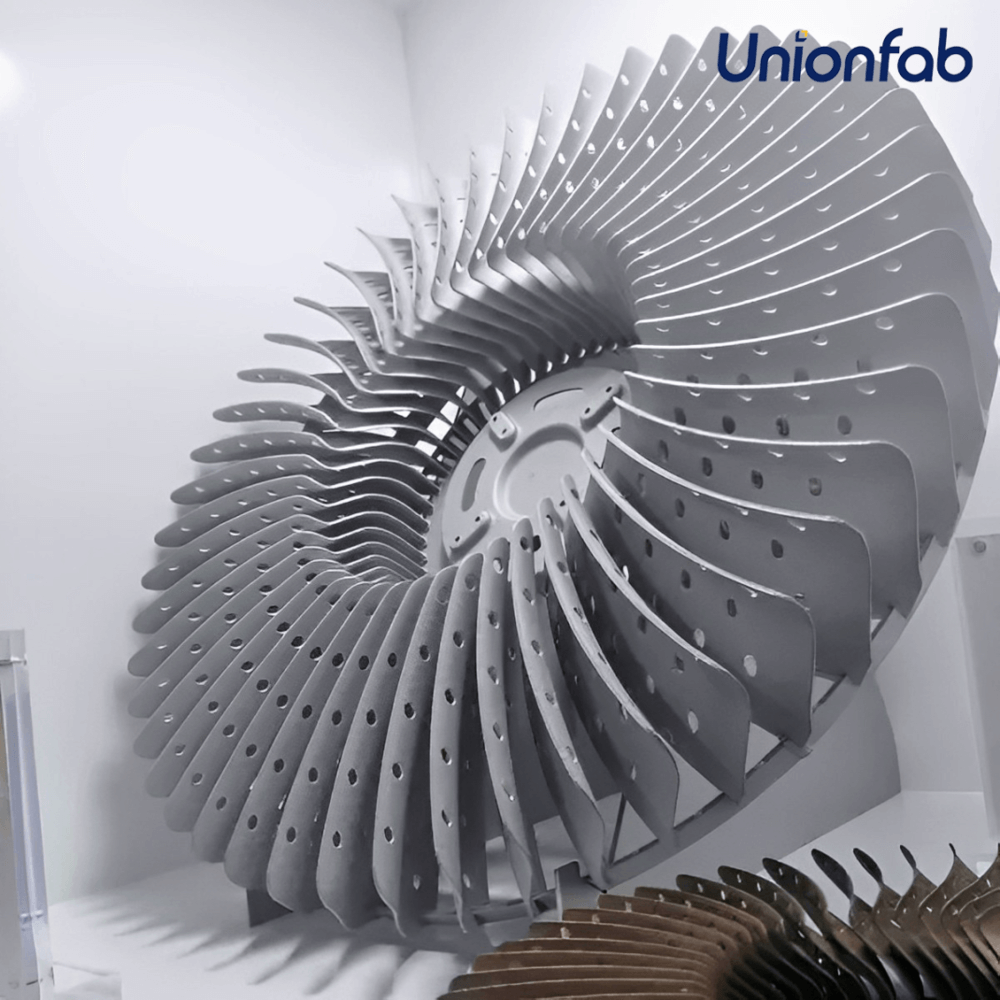
|
Medical | 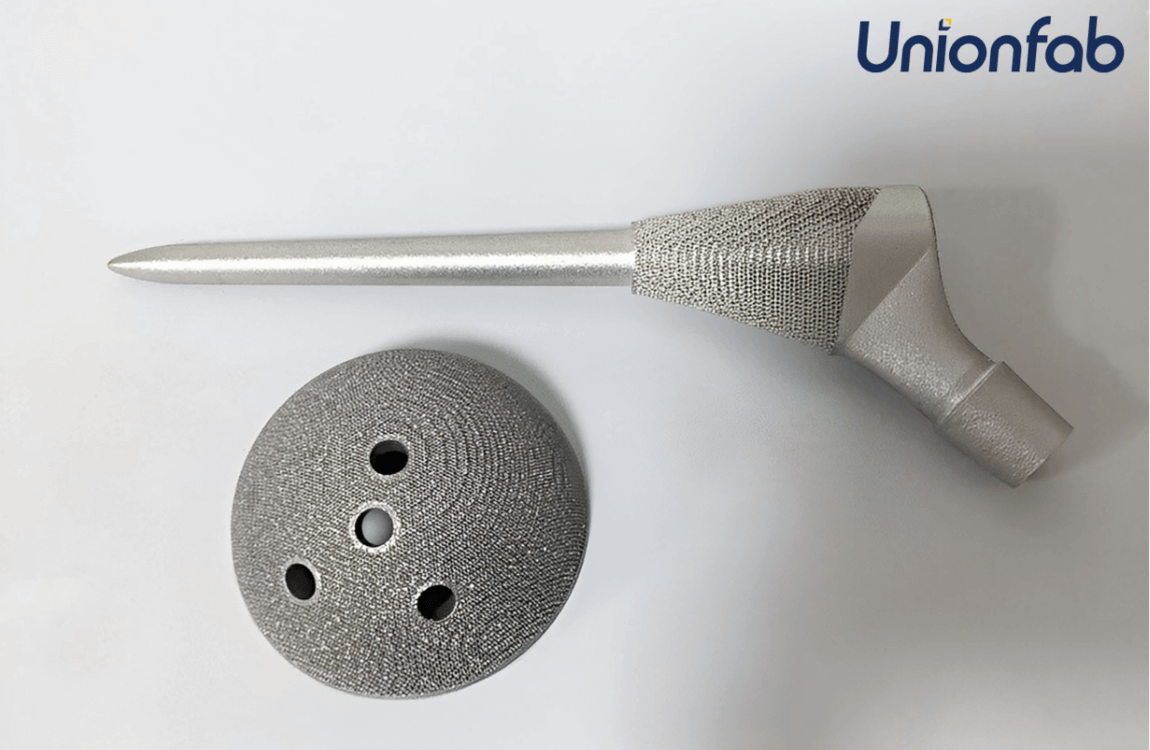
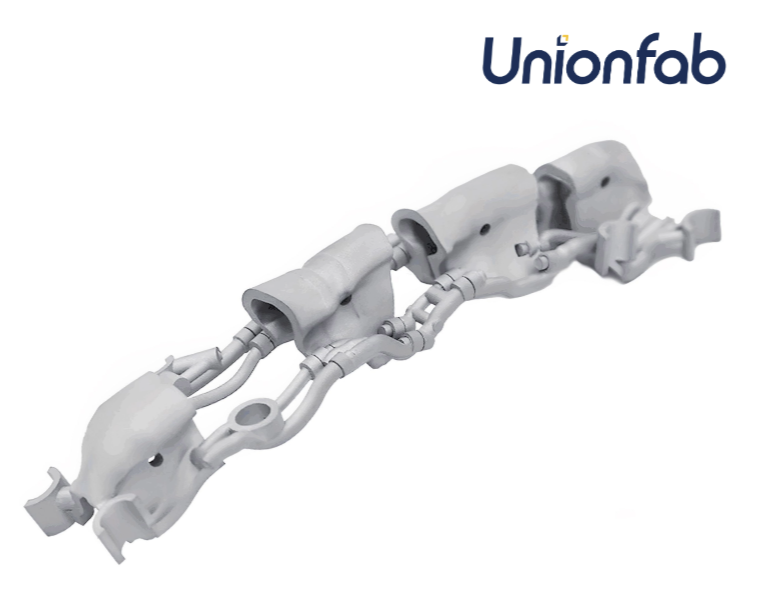
|
Design | 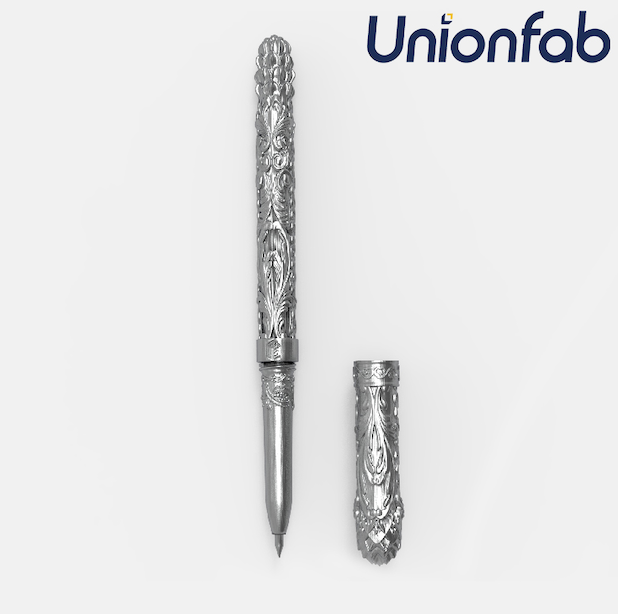
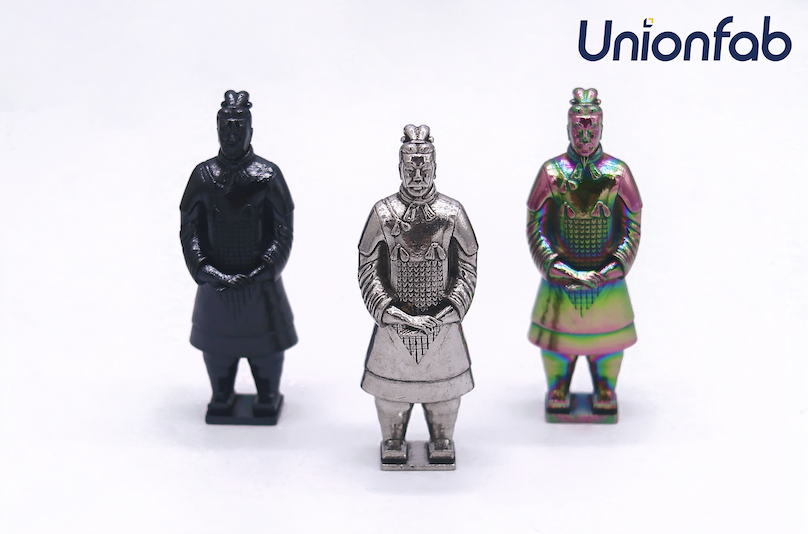
|

